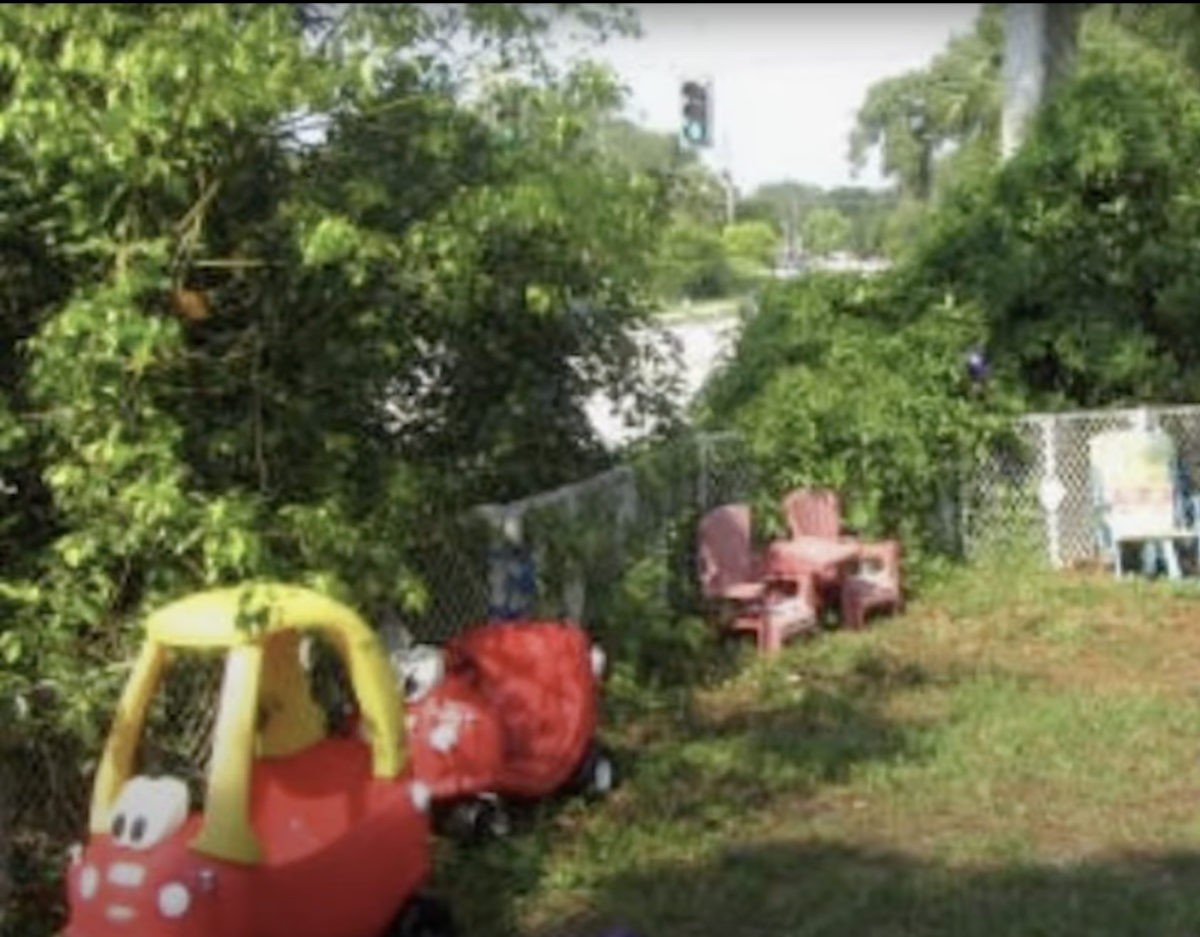Many of your favorite shows may stem from your childhood, shows like Spongebob or Rugrats. When times get tough, exploring those past memories brings a sense of comfort, a sense of nostalgia.
Many born in the 2000s have been looking back on their childhoods and yearning for it. Their frontal lobes develop and all of a sudden they scorn the world around them.
Life in the present with all the stress surrounding us is hard to manage. So, to find solace from reality, many turn to an untouchable, nostalgic time to revive their childhood from the dead.
Many return back to their favorite childhood media. Maybe they had a favorite YouTuber they watched when they were young, or perhaps a song they listened to a lot. Streaming old TV shows and cartoons like the first four seasons of “Spongebob Squarepants” could be a popular choice as well.
Others turn to fashion, adopting the styles of the 2000s today, such as Y2K and kidcore.
Their childhood may have also been spent on the internet. The early netscape is something many are nostalgic towards, including crappy internet memes, chat rooms and anime torrents.
Many of these elements of childhood have been turned into aesthetics today, with people preferring the look and feel of things to be like those youthful years. Nostalgia itself has developed into the aesthetic subgenre nostalgiacore, with a heavy focus on the 2000s era.
Young adults today grew up during that time, afterall.
Literal memories of the past have now become a part of people’s identities.
People have also found comfort in more disturbing nostalgia.
“Liminal spaces,” empty imagery of transitional locations, depict this disturbing vibe of vague familiarity. Despite the unsettling atmosphere, people have latched onto these images greatly. Many have commented that liminal spaces felt like an eerie comfort to them, reminding them of memories of a distant past.
That may as well be the point behind the popularity of nostalgiacore and other various aesthetics. As each generation grows up, they yearn more and more for the simplicity of their youth. It’s an escape from the present back into the past.
This common longing tends to bring people together, even through the internet. Every once in a while, an Instagram reel or TikTok video gains traction. These videos display childhood memories, only something is missing. All that fills the screen is empty, lifeless imagery without a single person in sight. Images of classrooms, birthday parties, TV shows, toys—all of these things with the same grainy and blurred filter—all ask the same question: “When did we forget?”
That question is difficult to face. It’s hard to accept the truth that those days are no longer in reach.
People today, especially those who’ve left their childhoods years ago, don’t like reality. It’s a difficult transition period to go from the life of a child to the life of an adult. More responsibilities, more expectations, more worries.
As a result, looking back on those nostalgic days ends up hurting. Afterall, things were much easier than they are now.
So to reclaim the inner child that disappeared all those years ago, many return back to those memories associated with a past long gone, but with the comfort still remaining.



